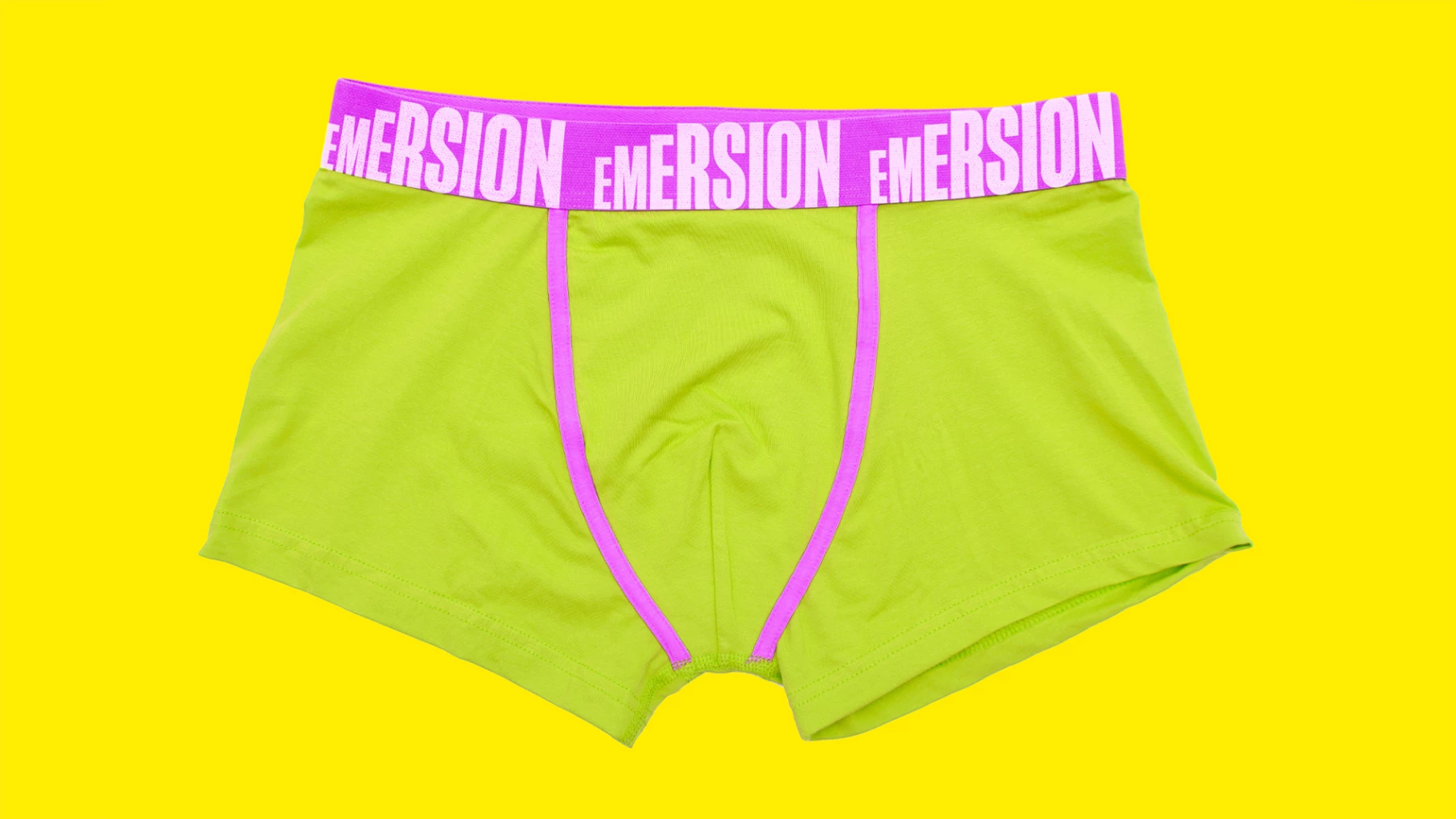
Design briefs give graphic designers an overview of what a client wants to achieve from a project. They include information like a brand statement, values and target audience, and map out what the client’s idea of success looks like for the designer.
With nearly 25 years of experience in the graphic design industry under my belt, I’ve seen plenty of briefs – good and bad. A perfect brief is the key to a good outcome. It’s the most important document in any creative project and gives the designer an understanding of what’s being asked of them.
The best briefs come from people that are clued in to what their need is and understand what’s best for their business, but they let you take the lead and trust you with it. Clients that trust in the graphic designer’s process use a brief as a springboard to what the outcome could be rather than a constraint. To be at its most useful, a design brief should point out what a client’s problem is and ask for a creative solution.
In my opinion, a bad brief is one that is tightly focused on one particular outcome. Clients will believe they know the answer to everything, but sometimes their creative solutions aren’t what’s right for them. Clients and briefs with no flexibility make it a lot harder for graphic designers to have creative freedom and find an actual solution that will work.
Whilst a brief is important, ultimately, it’s the graphic designer's relationship with the client and the flexibility of both to look at things together that really count. As a graphic designer starts their creative process and gets to know the client’s needs better, the design brief will often evolve. Clients that are receptive to change get the most out of their projects, so it’s important that the designer has strong client relationship building skills.
Sometimes I’ll create a reverse brief for my clients. Honestly, this is the more common briefing route taken in the creative industry. Graphic designers will do research on and interview the client to find out what their objectives are and then write a brief that reiterates their thoughts and plans. This minimises the risk of miscommunication, which unfortunately happens a lot in the creative industry.
Unfortunately, the work of graphic designers is devalued today, as advanced creative software is freely available for anyone to use. This software devalues what we do for clients and removes the personal feel from projects. Graphic designers are skilled professionals that consider their clients’ values and core strengths to produce a piece of work they will take pride in. It’s not just a simple logo at the end of the day – accessibility doesn’t equal capability.
That’s why it’s so important to me to share some creative industry know-how. Graphic designers like me are at your disposal for creating successful solutions for your brands. I learnt how to write a brief from someone who knew the process, and now I see them as the building blocks to any creative solution.
If you’re a designer who normally dives headfirst into your projects, learn from your mistakes and get guidance from people with experience of mapping creative projects. If you don’t do your research and prioritise your relationship with your clients, there’s a risk of misinterpretation.

